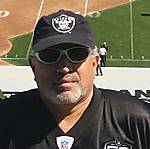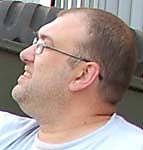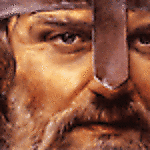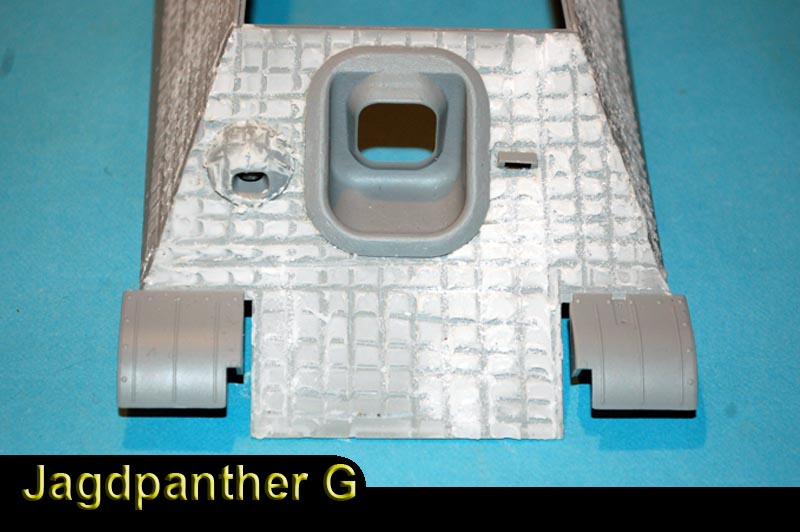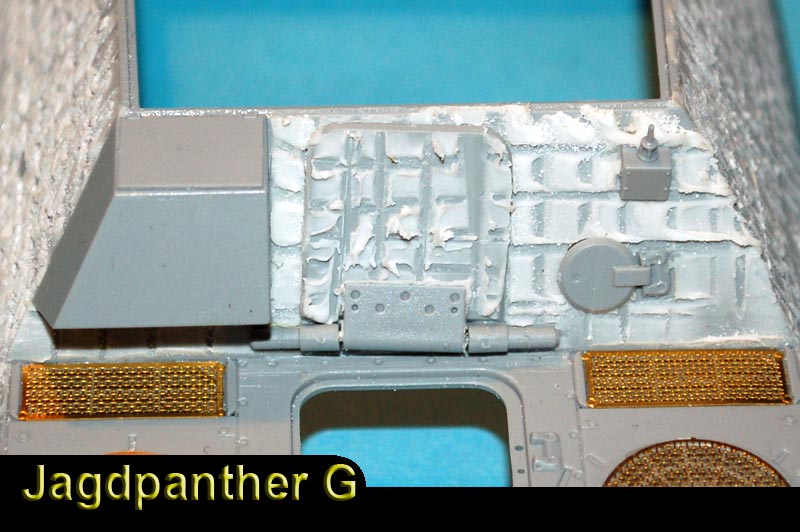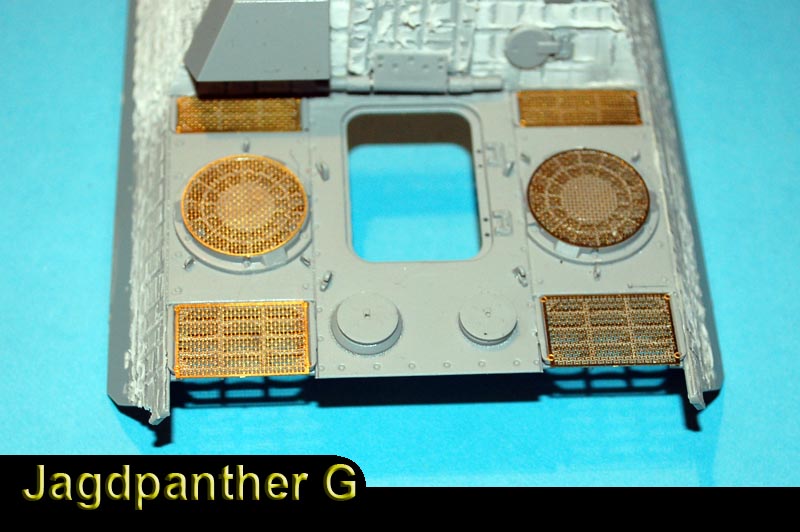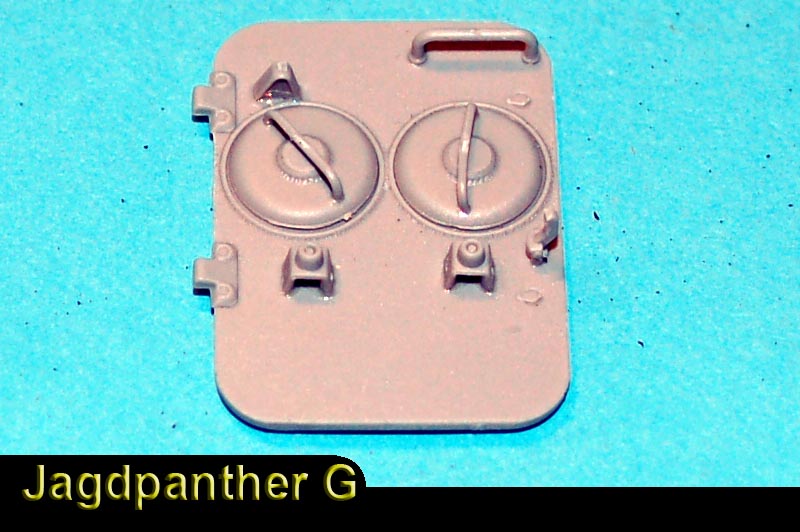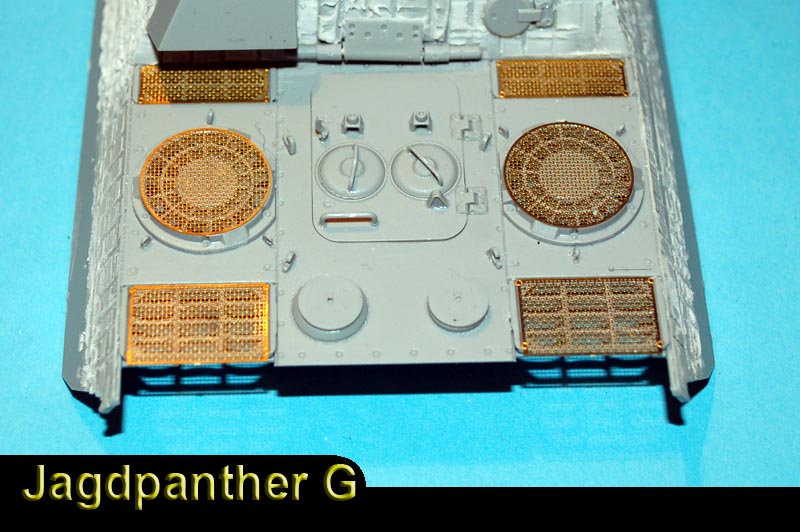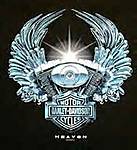@Remco: Yeap! Your pics did come out better! A tripod would help... I would suggest that the easiest way you could best go would be to get more light onto the subject.
Here's how it goes with the camera: You have "available level of light" or intensity, a set "film sensitivity to light" = ISO or ASA, and a given lens aperture (indicated by F number). The interplay of these 3 things will determine what you get in terms shutter-speed (time) and depth-of-field. Distance from lens to subject also matters...
The "rules": Lens aperture (opening) DECREASES as "F" increases - higher F mean smaller effective opening in lens = less light allowed in. Exposure time (secs) matters - the longer the exposure time, the greater effect any motion will have on a pic. Higher "F" means it takes exposure longer time to allow a given amount of light in to a camera. "Film sensitivity", noted by ISO or ASA, is just that - how sensitive the "film" is to light. Higher ISO / ASA numbers denote greater sensitivity. Greater sensivity ("faster films" means a film needs less exposure time to collect a given amount of light for an image. The distance effect: For any given amount of light, film sensitivity, exposure time, aperture.... the closer the lens is to the subject, the lower the depth - of - field.
So: For any given amount of light (say, a 60-w lightbulb positioned 3 feet from a panzer)... higher film speed (higher ISO / ASA) SHORTENS exposure time, higher "F" (smaller lens aperture) INCREASES exposure time.
HIGHER F also, while cutting the amount of light getting in thru the lens, INCREASES "depth-of-field". Something which many of us want.. BUT... Higher F ALSO reduces image resolution (you have cut that light...) and leads to less detail - something most of us do NOT want! And higher F increases that exposure time... At the same time, LOWER ISO / ASA (slower films) are HIGHER resolution (but, note, in the modern digital camera world, any film speed up to ASA 400 is probably fine - above that you start to get "noise" and loose film resolving power - the image gets "grainier").
So... what to do?

I suggest the following: 1) get more light onto the panzer - being careful of course to avoid cooking it

. More light will allow you to 2) use a moderate ISO / ASA setting (a "slower film") to keep higher resolution while gaining some speed. More light will also allow you to 3) INCREASE your F some, thus gaining depth-of-field, but cranking the F all the way up (tiny aperture) will get most depth, but cut resolution..., so.... 4) balance the ISO, light and F so that you shoot at speeds faster than 1/60th of a sec... the faster the exposure, the less motion (vibration, etc.) effect. And 5), use a tripod or a solid block to "mount" that camera on!
I further suggest that you try taking pics using a telephoto lens! Getting further away from a panzer and zooming in on it with a tele gains depth-of-field without needing to increase F, so keeps more of the resolution! Of course, more distance = less light = longer exposure time = blurring.... so use the tripod!

Cheers!
Bob



















